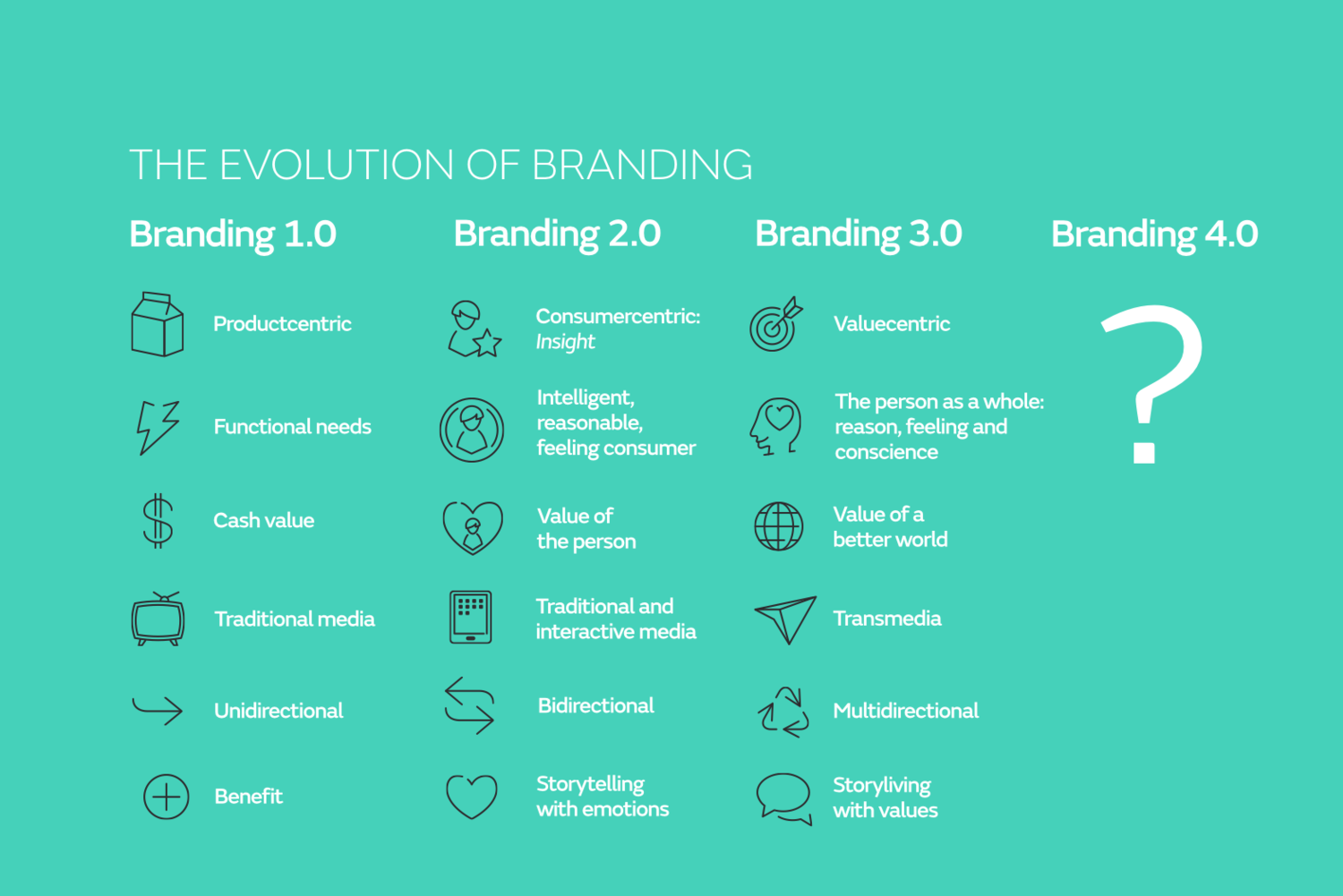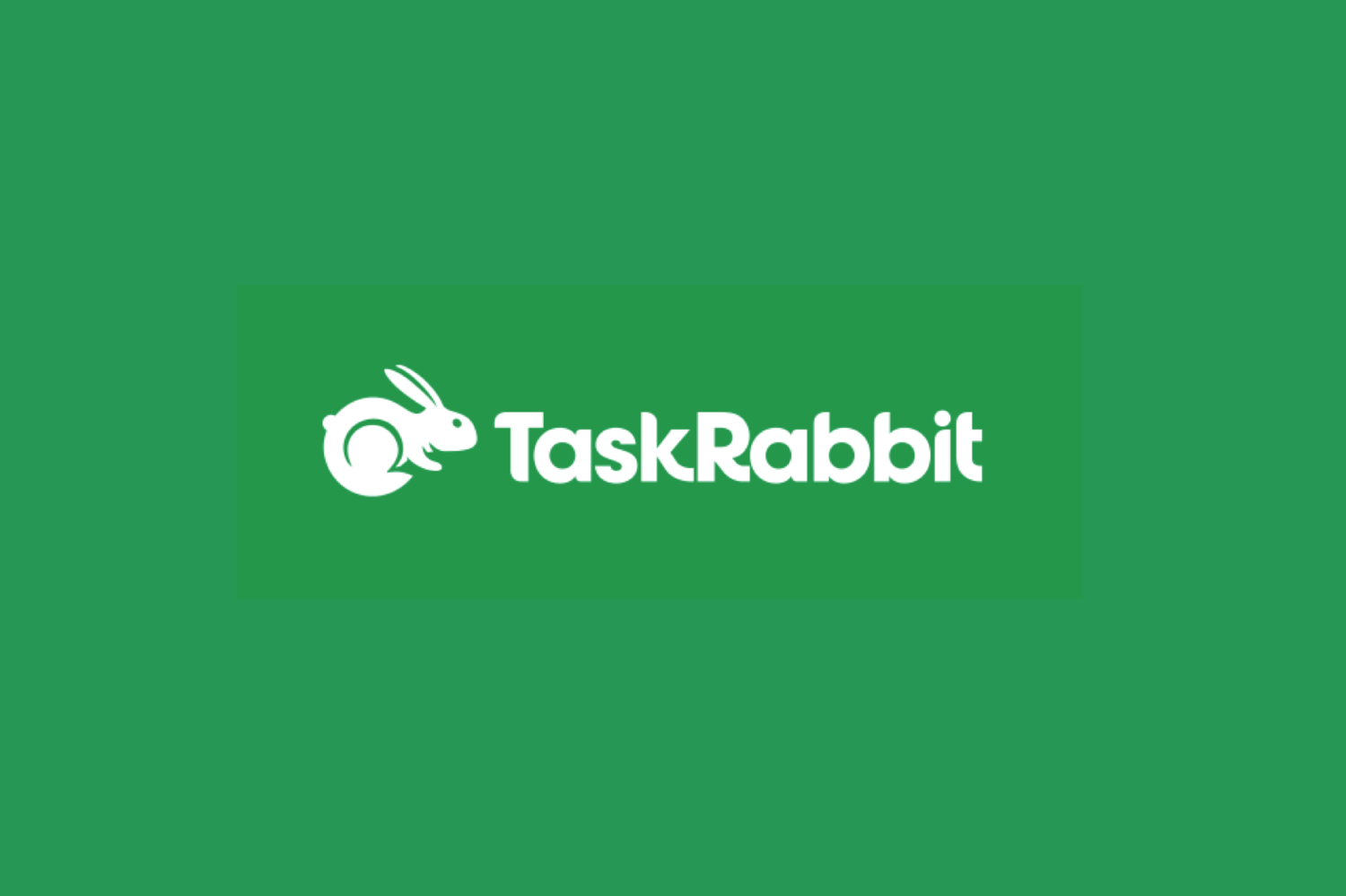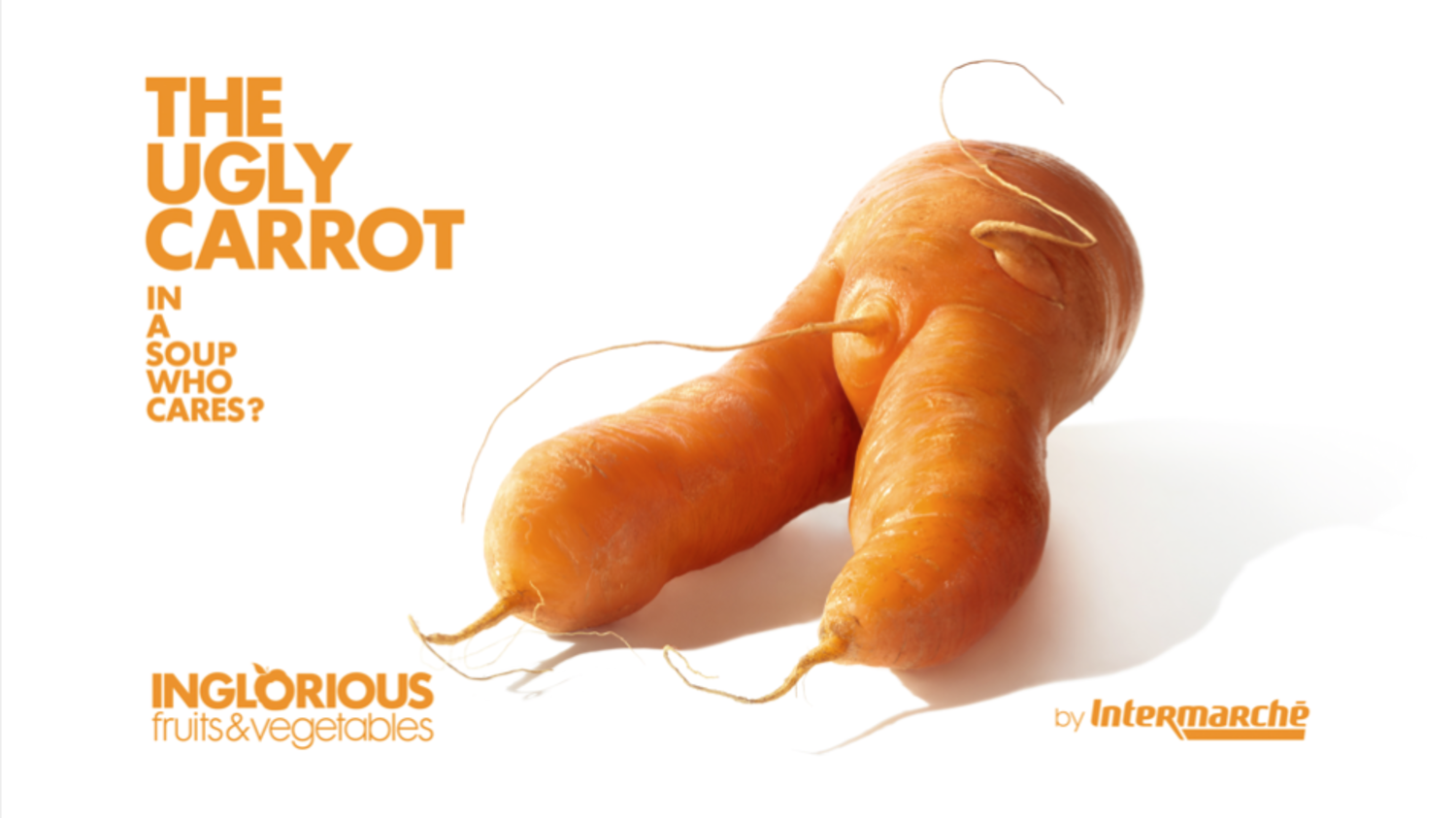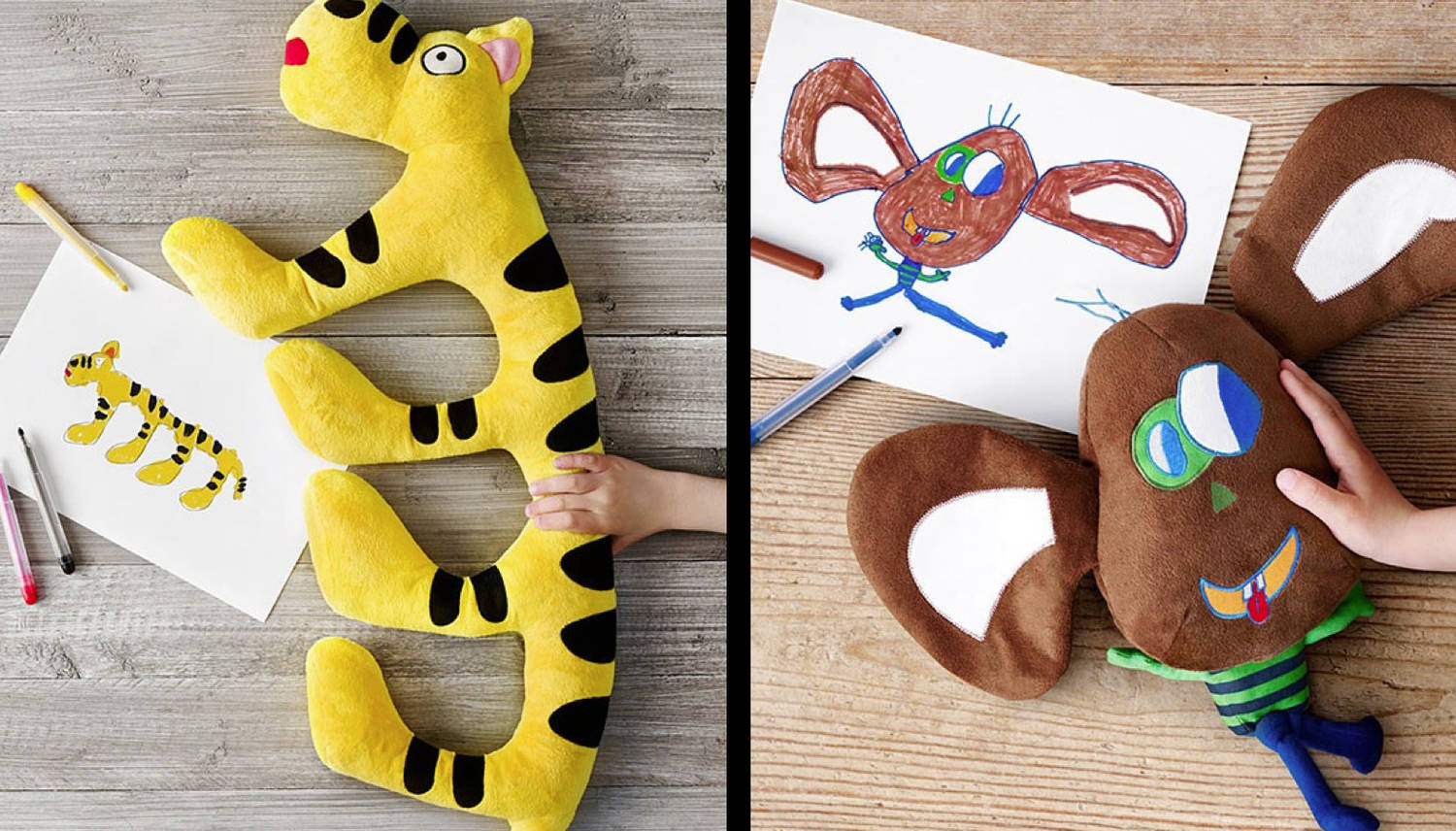With such exercises, when attempting to picture the future, the clichés, triteness and optimistic exaggerations, that turn out to be none too realistic, tend to flow freely. The cinema offers us a good example of this.
The branding of today and the future
On the occasion of the latest edition of the Barcelona Design Week, we organised a session of co-creation, bringing together designers, entrepreneurs , brand strategists and marketeers to see how they envisaged the consumer and branding of the future.


In an attempt to avoid such errors, we opened the session with a brief review of the most salient mainstream branding and consumer trends of 2016. So we set off on a solid footing, anchored in the present, allowing us to look into the future while, at the same time, keeping our feet firmly planted on the ground.
What is branding and how has it evolved
We started with the definition of branding coined by the Spanish Association of Branding Firms, Aebrand. It defines branding as “the intelligent, strategic and creative management of all the differential features of the identity of a brand (tangible or intangible) that contribute to the construction of a distinctive, relevant, comprehensive brand promise and experience that will endure over time”.
Working then with above definition, we can see how branding has evolved from the unidirectional construction of a brand, based exclusively on the qualities of the product, to emotional branding, based on insight and storytelling and aimed at connecting with the smart, feeling consumer via bidirectional communication over the new, interactive media.
Indeed, there is even the view that insight is currently falling by the wayside, and that the connection is established through the values and a common vision of a better world, that are shared by the brand and community. Communication is constructed in a fragmented, multi-directional way through transmedia narrative, and no longer seeks to tell stories but to experience them, storyliving, with immersive experiences.

Trends that define the consumer of 2016
On the other hand, the 2016 consumer is defined by the following traits:
Over-connected
Today we all suffer from hyperconnectivity. We remain accessible to all and multi-channel stimulated 24/7. Consequently, today we find on and offline drawing ever closer and the dividing line between the two growing ever fuzzier. What begins as an online experience ends up offline and vice versa.
Buying time
Distances are continuously shrinking. Thus the choice available to us has, in turn, multiplied. As a result, this has led us to extensively reassess the value of our own time, particularly given that today’s opportunity cost is extremely high. Doing one thing means you miss out on thousands of others. And so we come to love and seek out products and services that are both versatile and convenient, and feel less inclined to waste our time on errands and chores that hold no surprise.

Yearning for wellbeing
In response to this constant stress, the consumer of today seeks ways to recuperate that peace of mind, that holistic wellbeing that helps one take a break, to reconnect with oneself and with the here and now. 2014 saw an 84% increase in the numbers taking Mindfulness courses while large firms, like Selfridges with its Silent Room, sought innovative ways of responding to this need.
Informed
The consumer of today is a professional consumer. An expert. A person who spends many hours a day labouring to consume, and with the whole world of shopping just a click away, he or she is able to compare the different choices out there, not only in terms of price, but also values, positioning, social action, etc.
And after the crisis and the awareness it has awoken in the consumer, the transparency and authenticity of a company are two of its most valued assets. With all the range available, it is the known brands that are clearly preferred. Either because they stand as a reference in their class, or because they are honest and bold enough to show us who they really are.

Consumer-creator
Technology has allowed us to break down the divide between the consumer and the creator of a product or content. Today there is a trend towards all that is “open”, opening up the processes of creation to benefit from all that collective intelligence has to offer. So, with this trend towards co-creating everything, hyperpersonalisation becomes a reality as each individual has a say in the end result and is able to create unique, singular pieces.
IKEA harnessed this phenomenon for one if its CSR events: it asked parents to send in pictures drawn by their children. The company said it would take the best and faithfully reproduce them as soft toys which they would then sell and use the revenue to fund educational projects.

Responsible
The Earth is round and thus finite. Though obvious, this is something that until recently we kept shut away. But now we are seeing clearer and clearer evidence of it in the form of pollution, increased levels of allergies in our urban areas, the problems of waste, climate change, etc.. Finally it would seem that an awareness in has awoken in the consumer, who has started to worry about the shape in which the planet is being left for his/her children. So, more and more people are opting for local, sustainable or organic choices.
In another article in this issue of Batllegroup Lab we look at a new kind of drinkable packaging, with a view to the concept of zero waste.
So with this snapshot of the current situation, how do you see the branding of 2050?